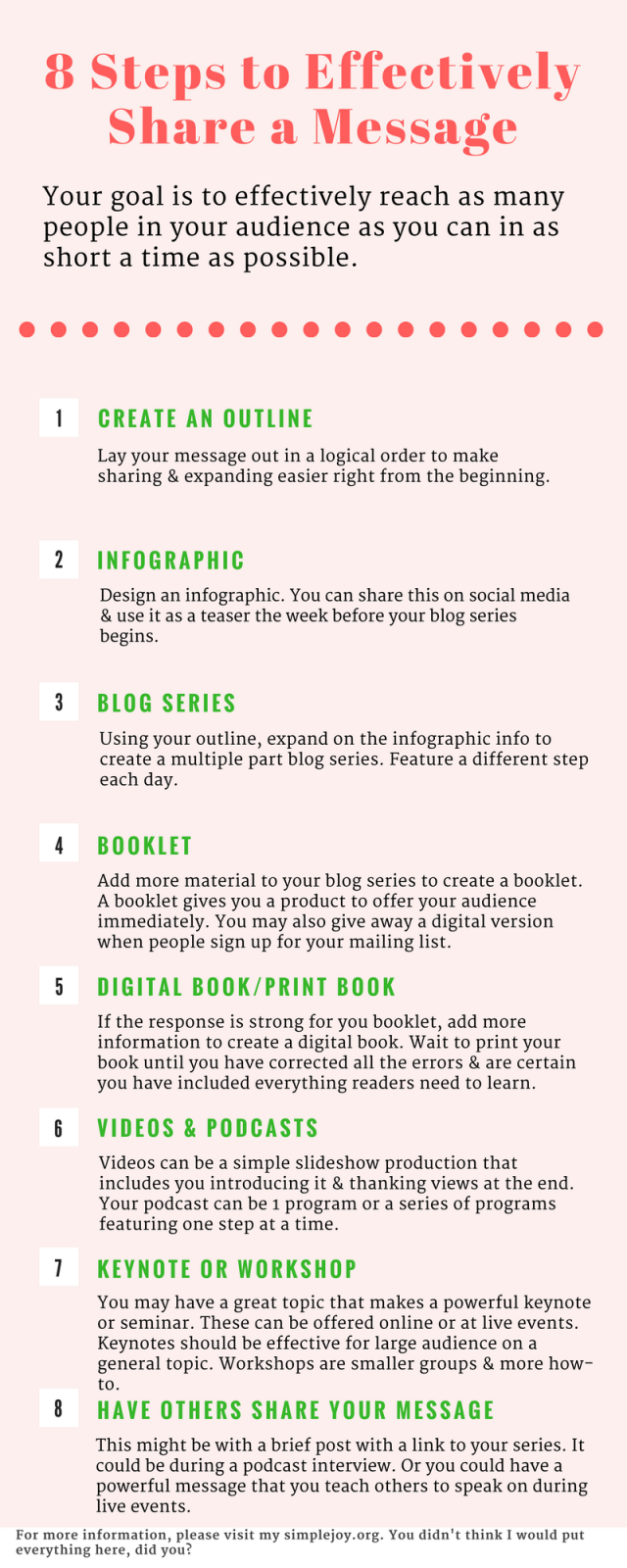
Developing a personal connection with people in your audience helps promote your message. People like to buy from someone they know. When they feel they have gotten to know you, they want to learn more, either through other material you have created or by buying your books. A podcast & videos are a great way for people to get to know you.
Look at Me!
When I first began writing, I wanted a radio show & my own television show. I was THRILLED when the internet made all this possible & at no cost! Oh, I’ve spent money on these things over the years but I have found through trial & error that the free platforms work just fine for my purposes.
Short is Very Sweet
When I began my first podcast, I wanted to offer a 30 minute program once a week. Mr. D, my hubby, advised me to keep it much, much shorter. At the time, a 30 minute program would have taken too long to download for most of my audience. In addition, most of them didn’t want to listen to a long program on their computer. So, I broke each 30 minute program into a 5 part series with each part only 5-6 minutes long. This length was perfect.
I have done longer programs over the years but I am currently going back to shorter program. Blog Talk Radio allows me to host a 15 minute program each day & it’s FREE. I can do it live or record it & upload. This is the perfect length for both me & my listeners.
Never Let it Overwhelm You
Videos can seem overwhelming but they don’t have to be. I often make movies out of slideshows. This enables viewers to stop the video & read a recipe or instructions.
I also like doing short videos, short like my podcast. There are so many places where I can record & upload or do it live. YouTube has expanded to offer so many ways to produce & share your videos with your audience. You can create a series that focuses on your current topic, like when I produce videos for Thanksgiving. You can create playlists on each topic to make it easier for your viewers to find the videos they want to watch.
Share, Share, Share
Once you have produced & uploaded your podcast & videos, share them on your blog/website. You want to share them in as many places as possible. You also want to share your series links on the program info. ALWAYS share links to all the material for the series in each different format. Each post, podcast, booklet, book, etc should refer your audience to other formats.
Make all your materials work for you. This is the best way to make all that hard work pay off!











